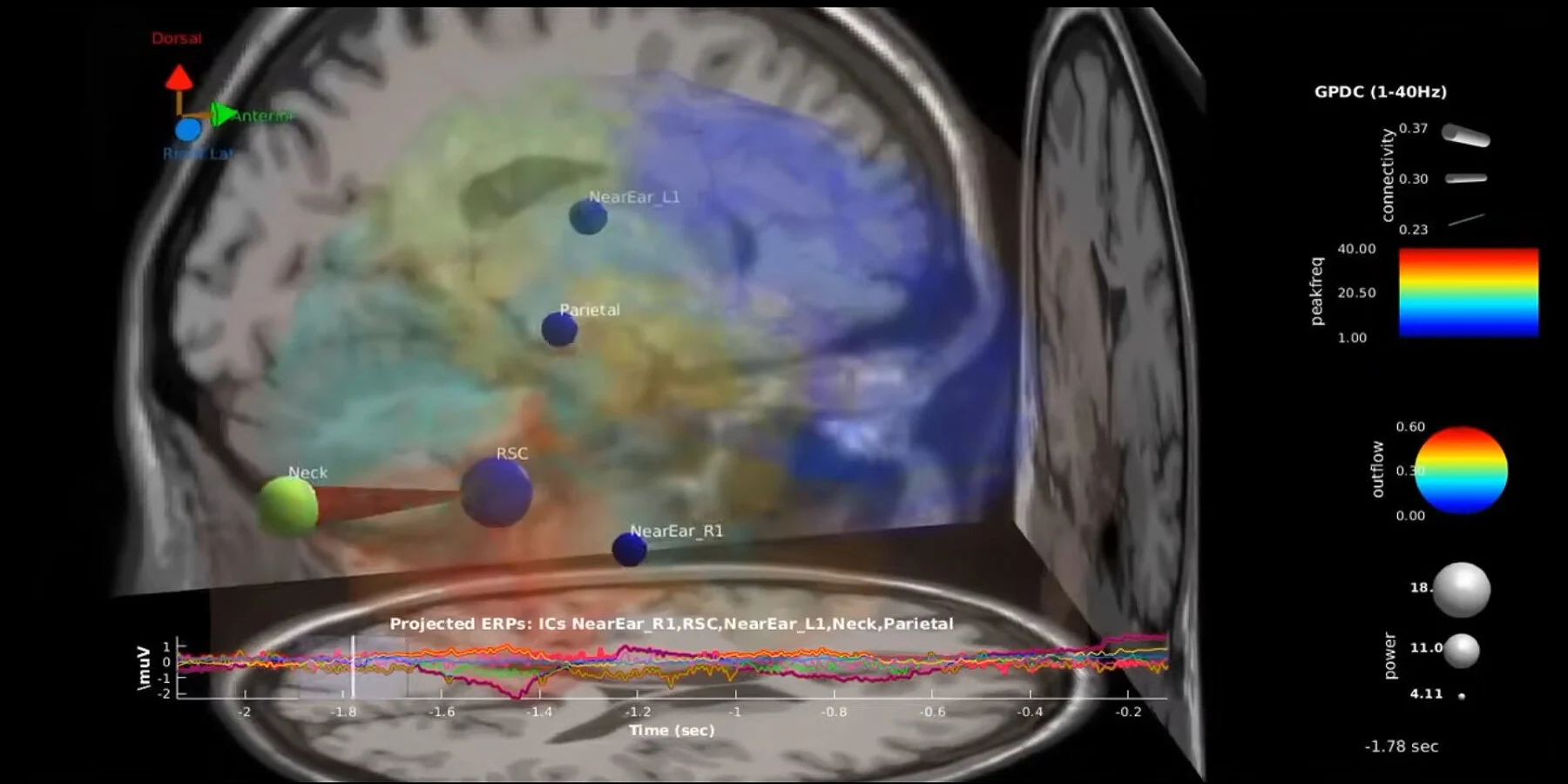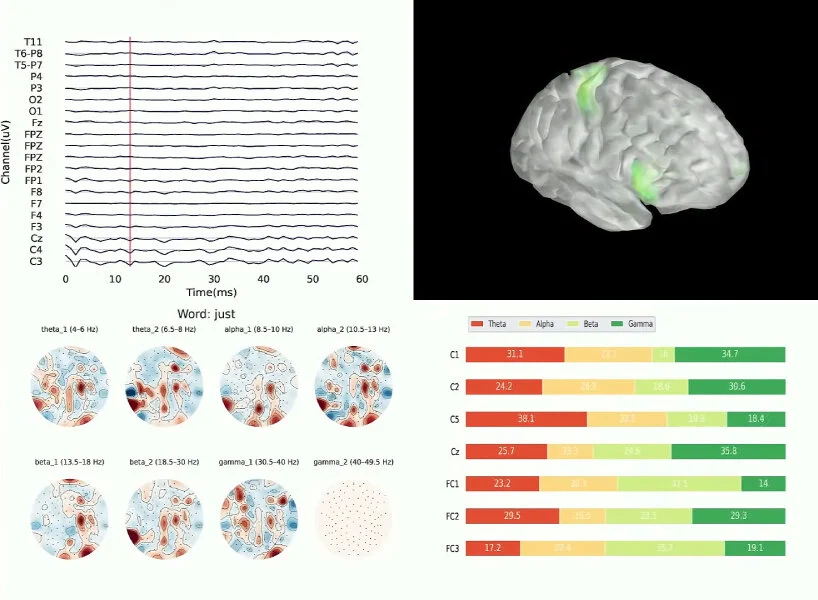- BrainGPT, developed at the University of Technology Sydney, is a non-invasive, portable AI hat capable of translating thoughts into text.
- Utilizing EEG technology, BrainGPT aids communication for individuals with speech impairments due to conditions like stroke or paralysis.
- The AI model, DeWave, is integral to BrainGPT, converting EEG signals into words without invasive procedures like implants.
- The current focus includes enhancing translation accuracy, with the aim of reaching near 90% efficiency, similar to conventional translation tools.
- BrainGPT has been recognized for its innovative approach at the prestigious NeurIPS conference.
In a groundbreaking development, researchers from the GrapheneX-UTS Human-centric Artificial Intelligence Center at the University of Technology Sydney (UTS) have unveiled the BrainGPT: a mind-reading AI hat that translates silent thoughts into readable text. This cutting-edge technology offers a new realm of communication possibilities, especially for individuals unable to speak due to illness or injury.

Empowering Silent Voices: The BrainGPT Hat
The BrainGPT hat stands out for its user-friendly design: it’s portable and non-invasive. Unlike other technologies that might require surgical implants, BrainGPT can be easily worn, much like a regular hat. This makes it an ideal tool for daily use, particularly for those who have lost their ability to speak due to medical conditions such as stroke or paralysis.
From Brain Waves to Words: The Technology Behind BrainGPT
The core of BrainGPT’s functionality lies in its AI model, DeWave. Developed by the UTS research team, DeWave transforms electroencephalogram (EEG) signals into coherent words and sentences. This process involves capturing the electrical brain activity through the scalp and converting it into text. The technology’s ability to operate without additional tools like eye-tracking further emphasizes its standalone efficiency.


Enhancing Communication: Towards Greater Accuracy
One of the current challenges faced by BrainGPT is achieving high translation accuracy. While the technology has shown promising results in initial tests, there’s a concerted effort to enhance its performance. The goal is to reach a translation accuracy comparable to traditional language translation or speech recognition programs, which is around 90%.

A Beacon of Innovation: BrainGPT’s Global Recognition
BrainGPT’s innovative approach in translating raw EEG waves directly into language has garnered significant attention in the scientific community. It was highlighted as a spotlight paper at the NeurIPS conference in New Orleans in 2023, a testament to its potential in reshaping communication technology.

Looking Forward: The Future of BrainGPT
The ongoing development of BrainGPT by the UTS team is not just a technological advancement; it’s a step towards a more inclusive world. By enabling individuals who have lost their ability to speak to communicate effectively, BrainGPT is poised to become a vital tool in bridging communication gaps caused by medical conditions.
